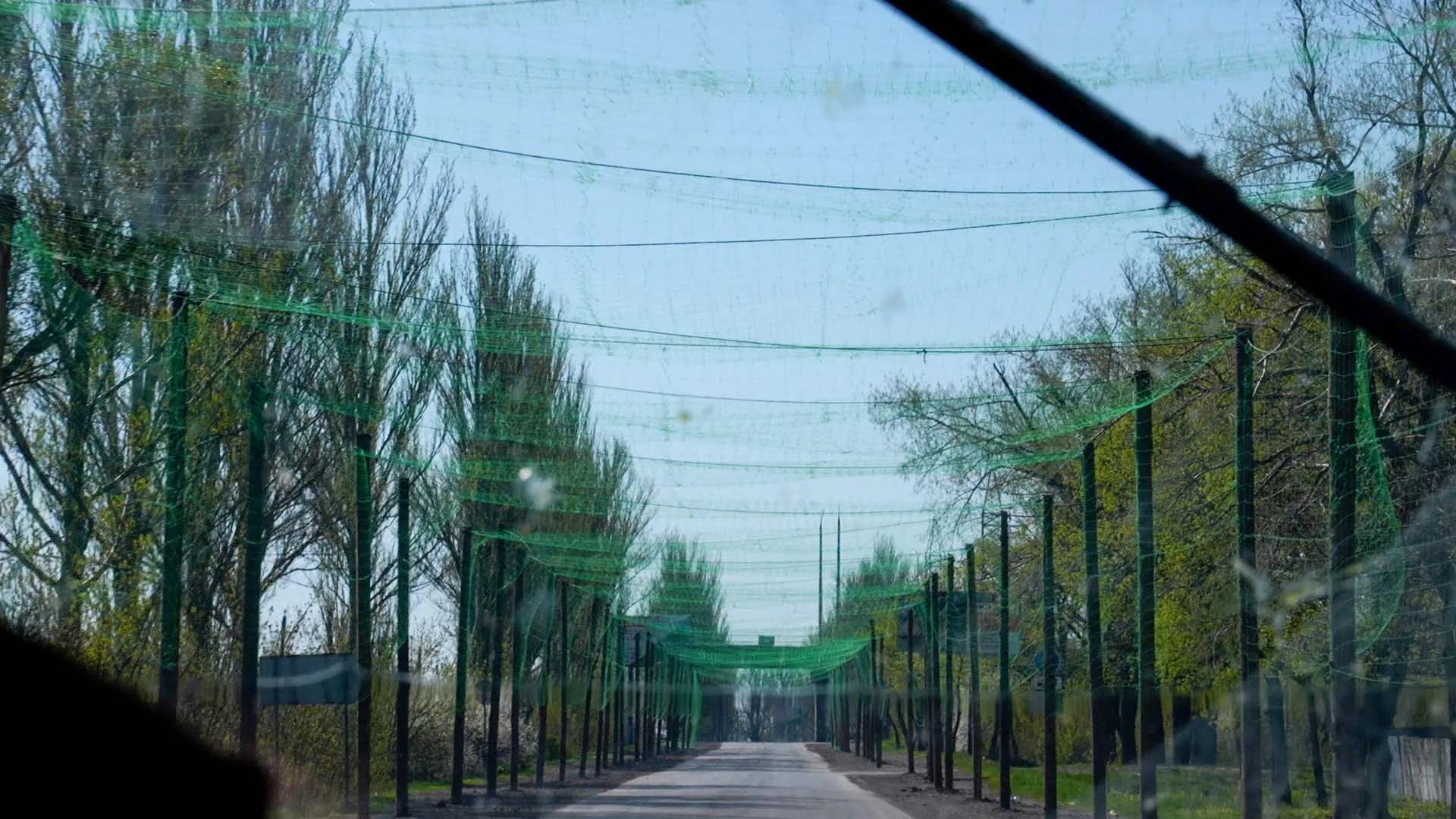From our correspondent in Kyiv, with additions from Washington and Moscow
In the shadows of Alaskan icy winds, where Presidents Donald Trump and Vladimir Putin met on August 15 at a summit that was supposed to be a turning point in the Ukraine war, a drama is unfolding that could redraw the map of Europe. According to sources close to the negotiations, Putin proposed to "freeze" the conflict in exchange for the surrender of the rest of Donetsk Oblast — territory that Russia controls roughly 70% of after more than a decade of bloodshed. But for Kyiv, this is not just a piece of land: it is a "belt of fortresses," the last stronghold blocking Russian aggression and potentially a staging ground for future attacks. Insiders at the White House say Trump views this as a "big deal," but European leaders, including the new head of European diplomacy, Kaja Kallas, warn: this is a trap that will only stoke Kremlin's appetite.
This proposal, voiced amid intense Russian attacks — including massive drone and missile strikes on Ukrainian cities — underscores Kremlin cynicism. Putin, who continues escalation even after the summit, demands not only Donbas but also Ukraine's renunciation of NATO, neutrality, and a ban on Western troops on its territory. In return, he promises to "freeze" the front lines in Kherson and Zaporizhzhia regions and to return small pieces of Kharkiv, Sumy, and Dnipropetrovsk. President Volodymyr Zelensky rejected this categorically, calling Donbas a "matter of survival" and demanding clear security guarantees from allies within 7-10 days. "This is not negotiations, but blackmail," he stated, emphasizing that ceding territory will only encourage Putin to seize more.
Donetsk Oblast, the heart of industrial Donbas, has long since turned into a battlefield where the economy is destroyed and lands are littered with minefields, which, according to Dr. Marnie Goughlett of Oxford University, make recovery impossible for at least decades. Ukraine still controls about 6,600 square kilometers here — an area populated by a quarter of a million people, including key cities like Kramatorsk, Sloviansk, Kostiantynivka, and Druzhkivka. These urban centers, connected by railways and roads, form a "belt of fortresses" — a 50-kilometer defensive line built over 11 years of effort, investment, and human sacrifice. According to the Institute for the Study of War (ISW), this is a network of trenches, bunkers, minefields, anti-tank barricades, and barbed wire that stymies Russian advances toward Pervomaisk. "Russia will need years to break through it," say ISW analysts, highlighting that surrendering this zone would destroy Ukraine's main defensive line, leaving it vulnerable to deeper invasions.
The military significance of this territory extends beyond concrete and steel. Terrain plays a key role: elevations, as in Chasiv Yar — a city recently claimed by Russians but still held by Ukrainians — allow coordination of artillery fire, drones, and radio communications. Niall Reynolds of the Royal United Services Institute (RUSI) explains: "Donetsk is on a high ground, and further west the terrain slopes downward, making it harder for Ukrainians to defend. But the heights of Chasiv Yar are one of the last advantages supporting the line." Without these positions, Ukraine would lose not only observation but also the ability to carry out tactical missions, relying solely on satellite intelligence from partners. Insider sources in the Pentagon, whom I spoke with, add that commercial satellite reconnaissance, while helpful, will not replace direct control of the terrain — especially as Russia intensively employs drones and electronic warfare.
Why does Russia need all of Donetsk so badly? It’s not just a symbolic victory — completing the "liberation" of Donbas, as Putin has proclaimed as his goal. Capturing the western part would allow Moscow to solidify its hold, avoid further losses, and create a springboard for future offensives. The front here is just one of the sectors along an 1100-kilometer line, but it is here that the fiercest battles have unfolded this summer. As Reynolds notes, redeploying forces to the south or north won't yield better results: "The Zaporizhzhia region has similar deep defenses, and to the north, the Russians face the same problem." ISW warns that even if Russia shifts tactics to slow encirclement, as around the "belt of fortresses" near Dniprovske, it does not guarantee quick victory — but surrendering by agreement would make this redundant.
In theory, Ukraine could retreat westward and build new fortifications — with civilian contractors, without shelling. But reality is harsher: unfavorable terrain will persist, and construction time will be measured in years. Reynolds is skeptical: "I don’t see Ukrainian forces ceding this territory without a fight." Insider sources in Kyiv, with whom I spoke, emphasize that even pressure from the Trump administration — through aid cuts or "security guarantees" — will not force Zelensky to capitulate. "Russia's previous behavior shows that any concession invites new aggression," they say. European leaders like Kallas, who herself is under Kremlin's "search," describe the summit as "Putin’s laughter" and urge not to fall into the trap of territorial concessions.
Ultimately, the "belt of fortresses" is not just a line on a map but a symbol of Ukraine’s resilience in a bloody conflict that has claimed millions of lives and forced millions to flee. If Trump and Putin impose "peace" at the expense of Donetsk, it will not only trigger a new wave of refugees but also weaken Europe in the face of Russian threats. As one EU official said: "This is not a deal — it’s surrender." The Alaskan summit showed that the real stakes are not in diplomatic smiles but in the trenches of Donbas, where the future of the continent is decided by bullets and concrete.


